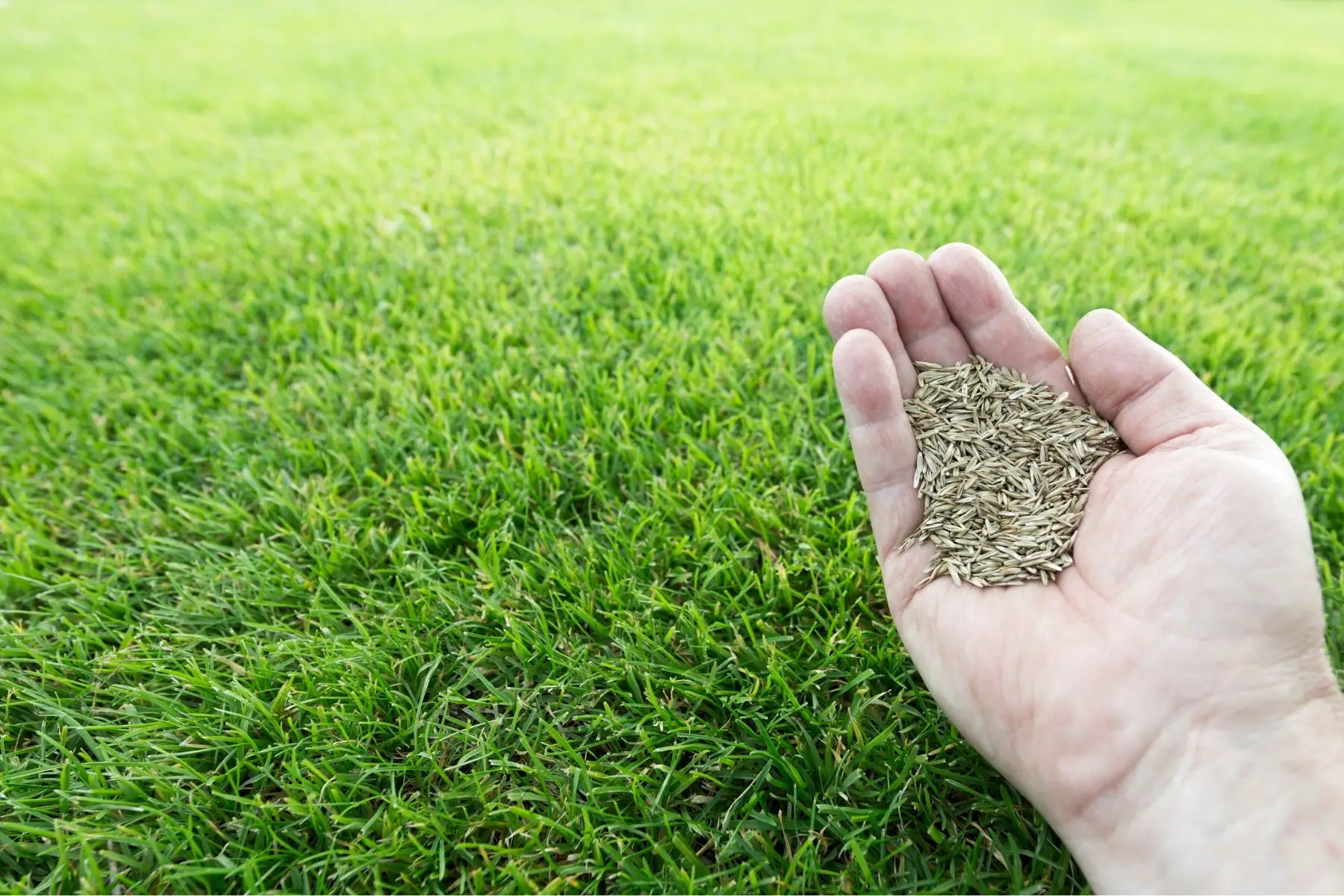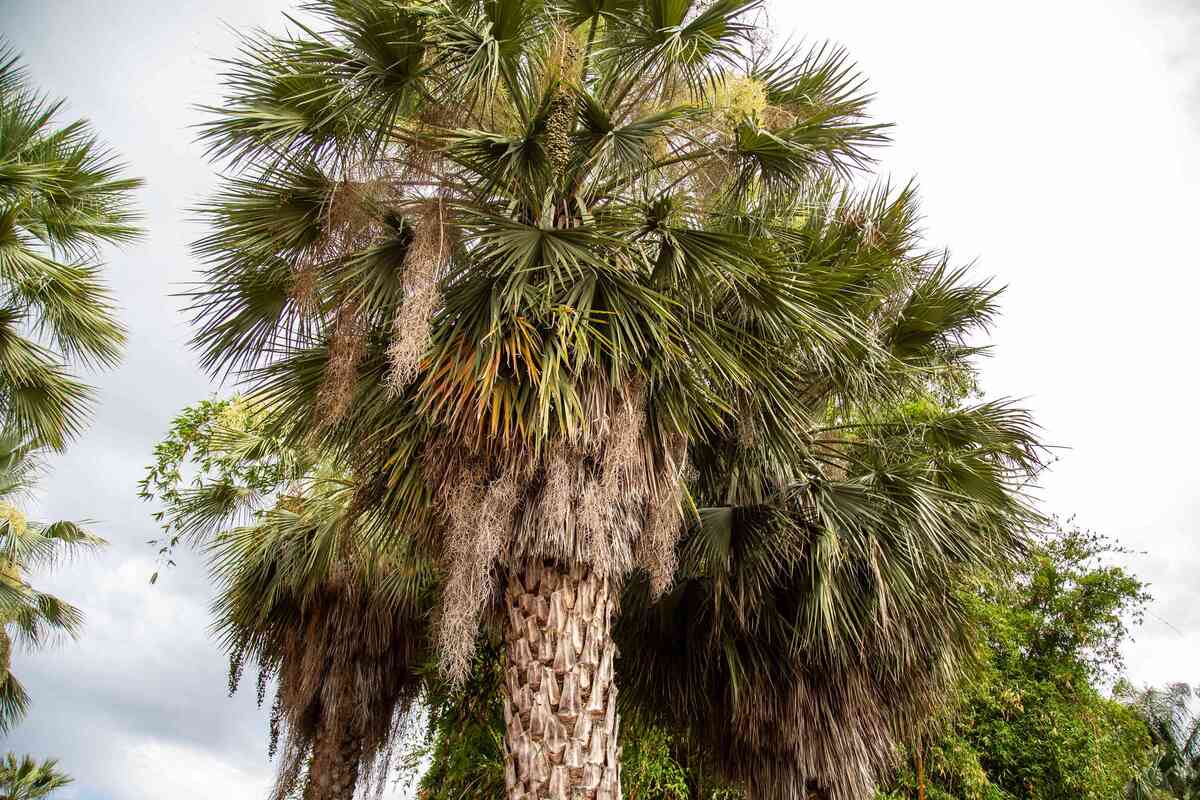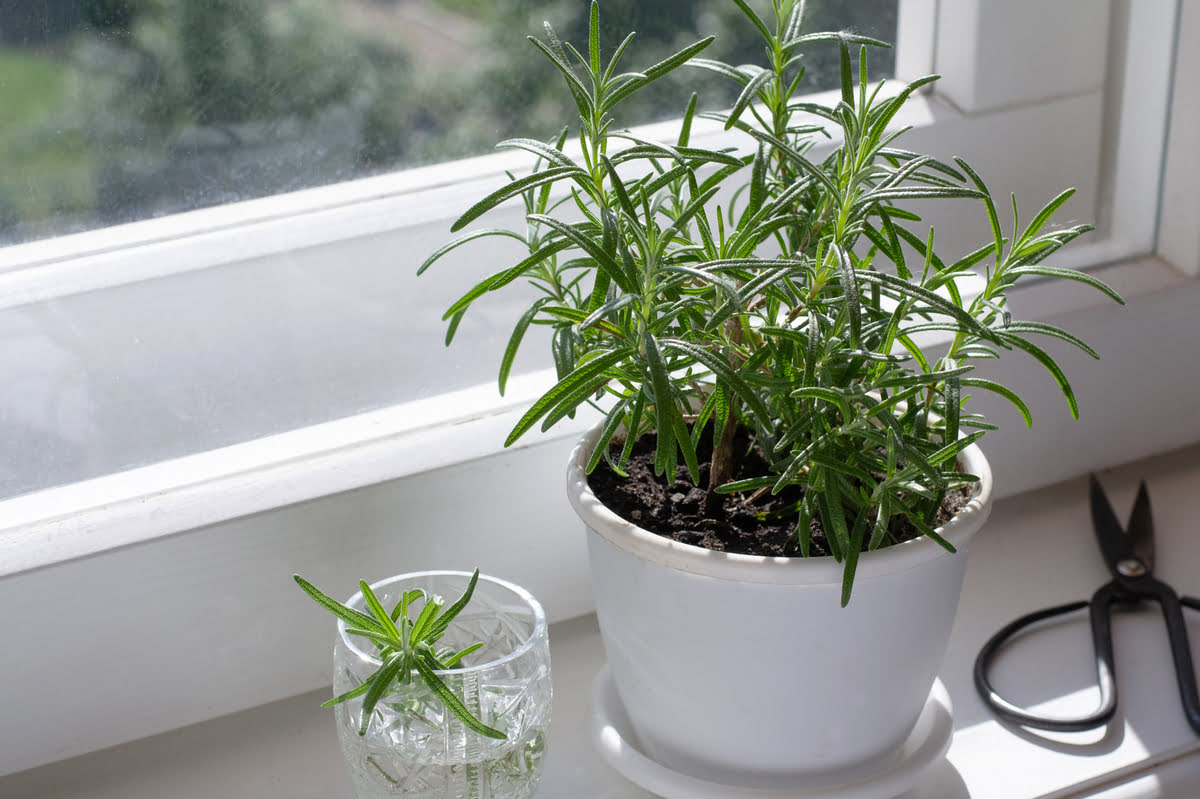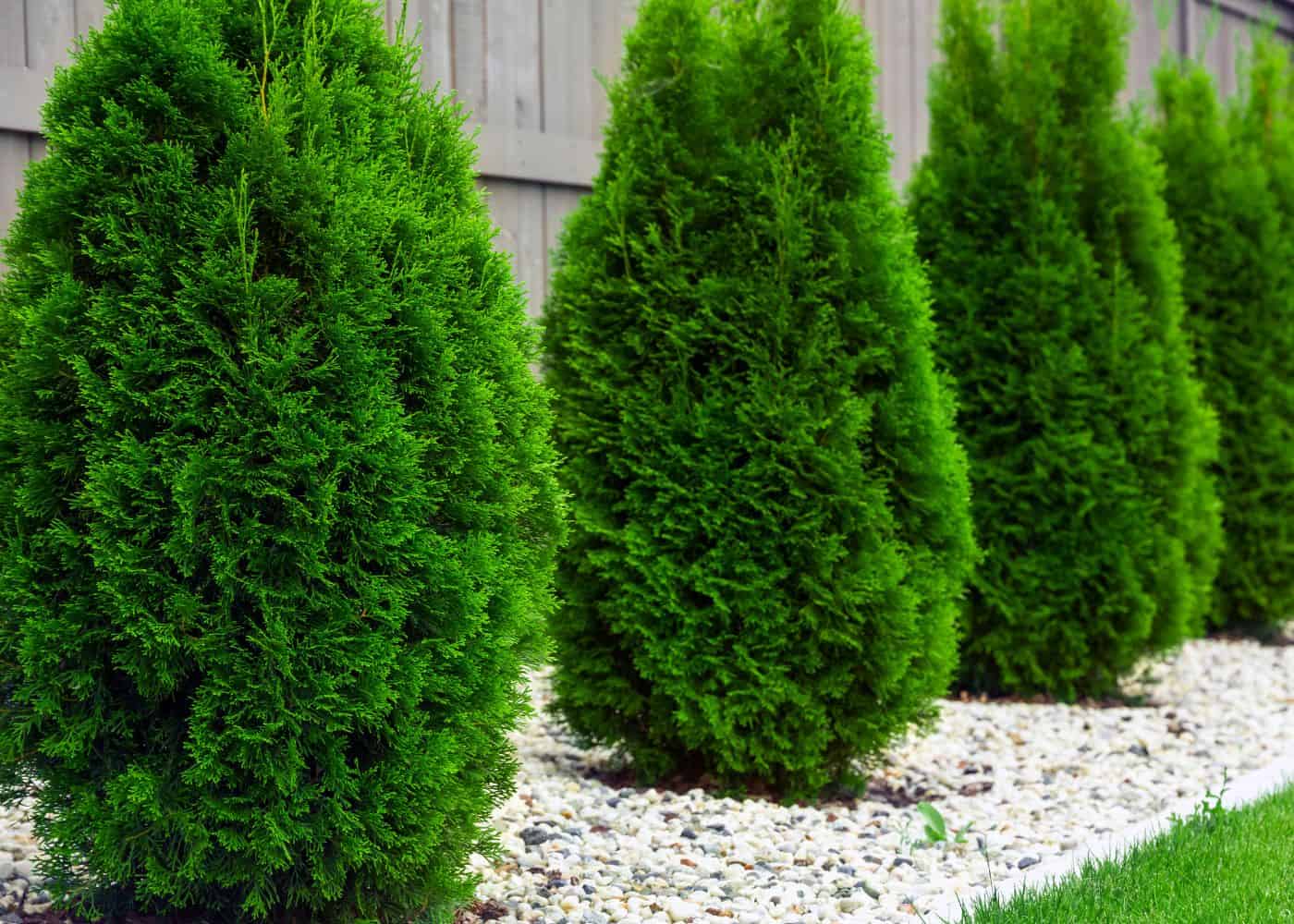Home>Gardening News and Trends>Latest News>How Long Do Palm Trees Take To Grow


Latest News
How Long Do Palm Trees Take To Grow
Modified: February 10, 2024
Stay informed with the latest news on palm tree growth. Discover how long palm trees take to grow and get expert advice on nurturing and maintaining these tropical beauties.
(Many of the links in this article redirect to a specific reviewed product. Your purchase of these products through affiliate links helps to generate commission for Chicagolandgardening.com, at no extra cost. Learn more)
Table of Contents
Introduction
Palm trees are iconic symbols of tropical and subtropical regions, adding a touch of beauty and tranquility to the landscape. Whether you live in a warm climate or simply admire palm trees for their majestic appearance, you may be wondering just how long it takes for these trees to reach their full growth. The growth rate of palm trees can vary depending on various factors, including the species, environmental conditions, and care provided.
In this article, we will explore the factors that affect palm tree growth, the types of palm trees and their growth rates, as well as the stages of growth from germination to maturity. We will also discuss the environmental conditions necessary for optimal growth and provide tips for proper care and maintenance of palm trees to ensure healthy and robust growth.
Understanding the growth process of palm trees can help you appreciate and nurture these magnificent plants in your own backyard or community. So, let’s dive in and explore the fascinating world of palm tree growth!
Factors Affecting Palm Tree Growth
The growth of palm trees can be influenced by several factors. Understanding these factors can help you create the optimal conditions for their growth and ensure their long-term health. Here are some of the key factors that affect palm tree growth:
- Species: Different species of palm trees have varying growth rates. Some species, like the Royal Palm (Roystonea regia), can grow relatively quickly and reach impressive heights. Others, such as the True Date Palm (Phoenix dactylifera), may grow more slowly.
- Climate: Palm trees thrive in tropical and subtropical climates, where the average temperature remains above freezing. They require a sufficient amount of sunlight, warmth, and humidity to grow properly. Extreme cold temperatures or prolonged frost can severely damage or even kill palm trees.
- Soil Quality: Palm trees prefer well-draining soil that is rich in organic matter. Good soil quality allows for proper absorption of nutrients and water, promoting healthy growth. Sandy or loamy soil types are often suitable for palm tree cultivation.
- Water Availability: Palm trees require an adequate water supply, especially during their establishment phase. While they are drought-tolerant, regular watering is necessary to keep the soil moist but not waterlogged. Care should be taken to avoid overwatering, as it can lead to root rot and other fungal issues.
- Nutrition: Palm trees need a balanced supply of essential nutrients, including nitrogen, potassium, and phosphorus, to support their growth. Fertilizing palm trees with a slow-release or palm-specific fertilizer can help meet their nutritional requirements.
- Pests and Diseases: Pests like palm weevils, scales, and mites, as well as diseases like Fusarium wilt and Ganoderma butt rot, can negatively impact palm tree growth. Regular inspection, early detection, and appropriate treatment can help prevent or manage such issues.
- Cultural Practices: Proper care and maintenance practices, such as pruning dead fronds, protecting the tree during extreme weather events, and avoiding damage to the trunk, can contribute to healthy palm tree growth.
These factors interact with one another to influence the growth and development of palm trees. By considering and addressing these factors, you can create an environment that promotes optimal growth and ensures the long-term health of your palm trees.
Types of Palm Trees and Their Growth Rates
There are countless species of palm trees, each with its own unique characteristics and growth rate. While some palm trees grow relatively fast, reaching their full size within a few years, others have a slower growth rate and may take several decades to reach maturity. Here are a few examples of palm tree species and their corresponding growth rates:
- Coconut Palm (Cocos nucifera): This tall and iconic palm tree is known for its extensive growth. Under favorable conditions, coconut palms can grow up to 100 feet (30 meters) tall and have a growth rate of approximately 1-2 feet per year. It takes about 5-10 years for a coconut palm tree to produce its first coconuts.
- Queen Palm (Syagrus romanzoffiana): Queen palms are popular for their graceful appearance and feather-like fronds. They have a moderate growth rate and can reach heights of 30-50 feet (9-15 meters). On average, a Queen palm tree grows about 1-2 feet per year.
- Pygmy Date Palm (Phoenix roebelenii): As the name suggests, this palm tree is relatively small in size, making it suitable for landscaping in smaller spaces. Pygmy date palms have a slow growth rate of around 6-12 inches per year and typically reach heights of 6-12 feet (2-4 meters).
- Mexican Fan Palm (Washingtonia robusta): Native to Mexico, these tall and slender palm trees can grow rapidly under optimal conditions. Mexican fan palms have a growth rate of approximately 2-3 feet per year and can reach heights of up to 80 feet (24 meters) or more.
- Silver Bismarck Palm (Bismarckia nobilis): This striking palm tree, native to Madagascar, is known for its large, blue-gray fan-shaped leaves. Although it has a slow to moderate growth rate, the silver bismarck palm can eventually reach impressive heights of around 40-60 feet (12-18 meters) in several decades.
It is important to note that the growth rate of palm trees can be influenced by various factors, as mentioned earlier. Additionally, individual trees within the same species may grow at slightly different rates depending on their specific environmental conditions and care they receive.
By choosing the right palm tree species for your landscape and providing the necessary conditions for their growth, you can enjoy watching these stunning trees thrive and mature over time.
Germination and Early Growth Stage
The journey of a palm tree begins with germination, where a seed sprouts and begins its growth into a young palm plant. Germination can be a slow and delicate process, requiring specific conditions to ensure success.
Most palm tree seeds require warmth, moisture, and oxygen to germinate. The seeds are typically sown in a well-draining potting mix and kept moist but not waterlogged. Germination can take anywhere from a few weeks to several months, depending on the species.
During the early growth stage, young palm plants develop their first set of leaves, known as seed leaves or cotyledons. These leaves provide the initial energy for the plant’s growth until the formation of true leaves. At this stage, it is crucial to provide the young palm with adequate sunlight and moisture to promote healthy growth.
As the palm tree continues to grow, it will produce new leaves known as fronds. These fronds are essential for photosynthesis, the process by which plants convert sunlight into energy. Proper care, including regular watering and protection from extreme weather conditions, is necessary to support the young palm tree’s growth.
It is important to note that the rate of growth during the germination and early growth stage can vary among palm tree species. Some species may have a slow initial growth, while others may grow more rapidly right from the start. Additionally, factors such as temperature, soil quality, and care practices can also influence the early growth of a palm tree.
Providing a suitable environment with the right amount of sunlight, water, and nutrients will help young palm trees establish themselves and lay the foundation for their future growth and development.
Maturity and Full Growth
After years of growth and development, a palm tree reaches maturity and attains its full size and form. The time it takes for a palm tree to reach maturity can vary significantly depending on the species and environmental conditions.
For some fast-growing palm tree species, such as the Coconut Palm (Cocos nucifera), it may take around 10-15 years to reach maturity and bear fruit. On the other hand, slower-growing species like the Silver Bismarck Palm (Bismarckia nobilis) can take several decades to reach their full growth potential.
At maturity, palm trees have a distinct trunk that supports the crown or canopy of leaves. The trunk gradually thickens and solidifies, providing strength and stability to the tree. The height and size of mature palm trees vary greatly depending on the species, with some reaching towering heights of 80-100 feet (24-30 meters) or more.
Once a palm tree reaches full growth, its main focus shifts to producing and maintaining its fronds. The fronds play a vital role in capturing sunlight for photosynthesis and providing essential nutrients for the tree’s overall health and vitality. The foliage of mature palm trees can be quite impressive, with a wide array of leaf shapes and sizes, ranging from feathery to fan-shaped.
It is important to note that palm trees, like all living organisms, have a finite lifespan. While some species can live for several decades or even centuries, others may have a shorter life expectancy. Factors such as climate, disease, pests, and maintenance practices can also influence the lifespan of palm trees.
Proper care and maintenance, including regular pruning to remove dead or damaged fronds, fertilizing, and monitoring for any signs of pests or diseases, can help prolong the life of mature palm trees and keep them looking their best.
Enjoying the beauty and grandeur of a mature palm tree is a rewarding experience that reminds us of the resilience and natural wonder of these iconic trees.
Environmental Conditions and Growth Rate
The growth rate of palm trees is greatly influenced by the environmental conditions in which they are planted. Creating the ideal conditions for your palm tree can help maximize its growth and development. Here are some key environmental factors that can impact the growth rate of palm trees:
- Temperature: Palm trees thrive in warm climates, with temperatures typically above freezing. Each palm species has its own temperature range for optimal growth. Extreme cold temperatures can slow down growth or even cause damage to the tree.
- Sunlight: Palm trees require an ample amount of sunlight to grow properly. The amount of sunlight needed differs between shade-tolerant and sun-loving palm species. Providing sufficient sunlight ensures good photosynthesis, promoting healthy growth.
- Moisture: Proper moisture levels are crucial for palm tree growth. While palm trees are known for their drought tolerance, regular watering is necessary, especially during the establishment phase. However, it is important to avoid overwatering, as it can lead to root rot and other fungal diseases.
- Soil Drainage: Well-draining soil is essential for palm tree growth. The roots should not be constantly sitting in water, as it can lead to root suffocation and other problems. Soil should allow excess water to drain away while retaining enough moisture for the roots.
- Humidity: Palm trees generally prefer a moderate to high level of humidity. Higher humidity helps to prevent water loss through transpiration, keeping the palm tree’s fronds healthy and vibrant.
- Wind: Strong winds can damage palm trees, especially young ones. It is important to consider the wind patterns in your area when selecting a planting location. Providing windbreaks or staking young palm trees can protect them from wind damage.
By creating an environment that mimics the natural habitat for your specific palm tree species, you can optimize its growth potential. Understanding the environmental needs of your palm tree and making necessary adjustments can help ensure its healthy development and strong growth rate.
Care and Maintenance for Healthy Palm Tree Growth
Maintaining the health and vitality of palm trees requires regular care and attention. By implementing proper care practices, you can support their growth and ensure they reach their full potential. Here are some essential care and maintenance tips for healthy palm tree growth:
- Watering: Provide regular and consistent watering, especially during dry periods. Deep and infrequent watering is preferable to frequent shallow watering. Avoid overwatering to prevent root rot.
- Fertilization: Apply a slow-release or palm-specific fertilizer according to the recommended schedule. This helps provide the essential nutrients necessary for robust growth and vibrant foliage.
- Pruning: Regularly remove dead, yellowing, or damaged fronds from the palm tree. Be careful not to remove too many healthy fronds, as they are essential for photosynthesis and overall plant health.
- Pest Control: Monitor the palm tree for any signs of pests such as palm weevils, scales, or mites. Early detection and appropriate treatment can prevent infestations and minimize damage to the tree.
- Disease Prevention: Watch out for common palm tree diseases like Fusarium wilt and Ganoderma butt rot. Implement good sanitation practices by removing diseased or rotting fronds and avoiding wounds on the trunk that can invite infections.
- Protection from Extreme Weather: Provide protection to the palm tree during extreme weather events like strong winds, heavy rains, or frost. Using stakes or windbreaks can help safeguard the tree from potential damage.
- Soil Care: Ensure that the soil around the palm tree has good drainage to prevent waterlogged conditions. Consider adding organic matter or mulch to improve soil structure and moisture retention.
Regular monitoring and observation of your palm tree’s health is crucial. Keep an eye out for any signs of nutritional deficiencies, discoloration, or stress, and take appropriate actions to address them early.
Lastly, consult with a local arborist or palm tree expert for specific care recommendations based on your palm tree species and regional climate. Their expertise can provide valuable guidance tailored to your unique circumstances.
By providing proper care and maintenance, you can promote healthy growth, enhance the beauty of your palm tree, and ensure its longevity for years to come.
Conclusion
Palm trees are magnificent additions to any landscape, bringing a touch of tropical beauty and serenity. Understanding the growth process and requirements of palm trees is essential for ensuring their healthy development and maximizing their growth potential.
Factors such as species, climate, soil quality, water availability, nutrition, and maintenance practices play significant roles in the growth rate of palm trees. Each species has its own unique growth rate, with some palms growing quickly and others taking years to reach maturity.
The germination and early growth stage of palm trees require proper care, including adequate sunlight, moisture, and protection from extreme weather conditions. As palm trees mature, they develop a sturdy trunk and showcase an array of lush fronds that contribute to their iconic beauty.
Creating the optimal environmental conditions, including temperature, sunlight, moisture, soil drainage, and humidity, promotes healthy and vigorous growth in palm trees. Regular care practices such as watering, fertilization, pruning, pest control, disease prevention, and protection from extreme weather events are vital for maintaining the health and vitality of palm trees.
Remember, palm trees are living organisms with a finite lifespan. By providing the necessary care and attention, you can prolong the life of your palm tree and enjoy its beauty for decades to come.
Whether you are growing palm trees for their aesthetic appeal, shade, or fruit production, nurturing these majestic plants can be a rewarding and fulfilling experience. So, take the time to understand and meet the needs of your palm tree, and watch it thrive in all its natural glory.








